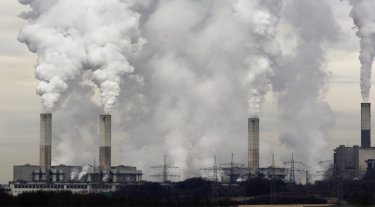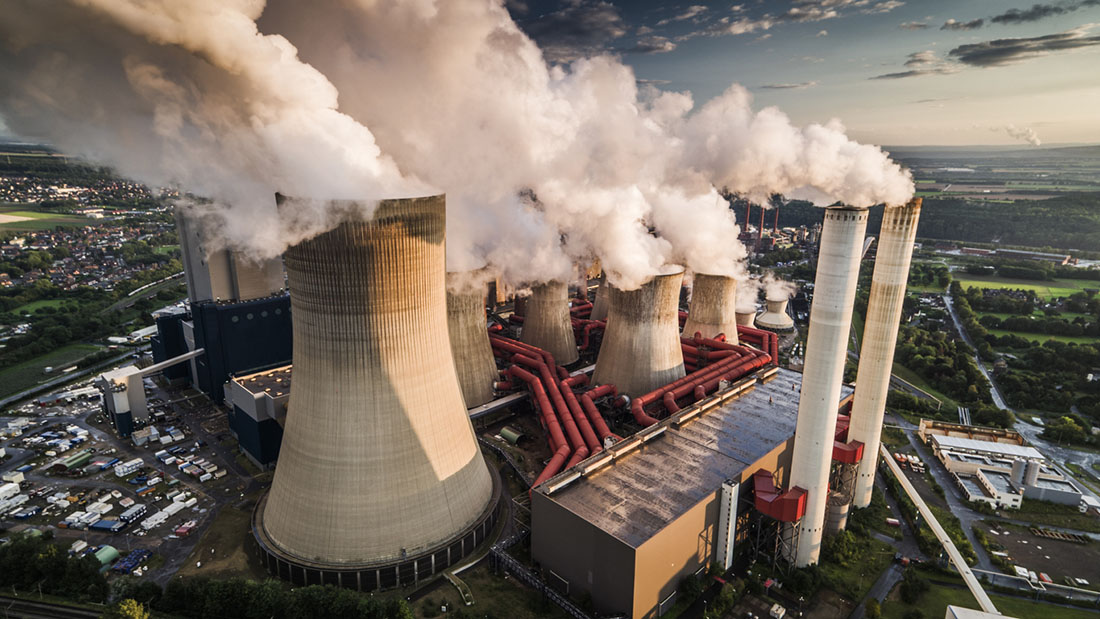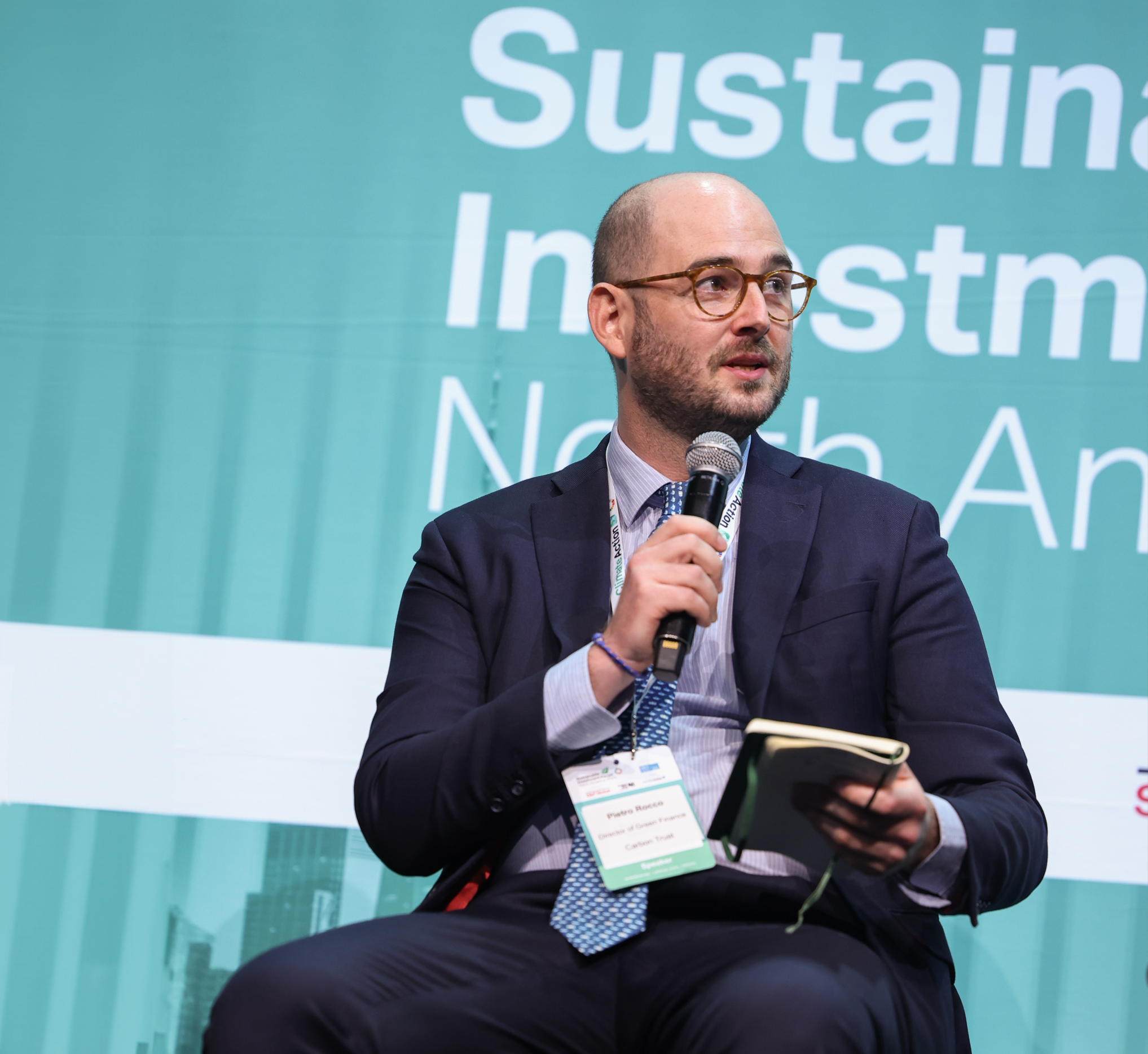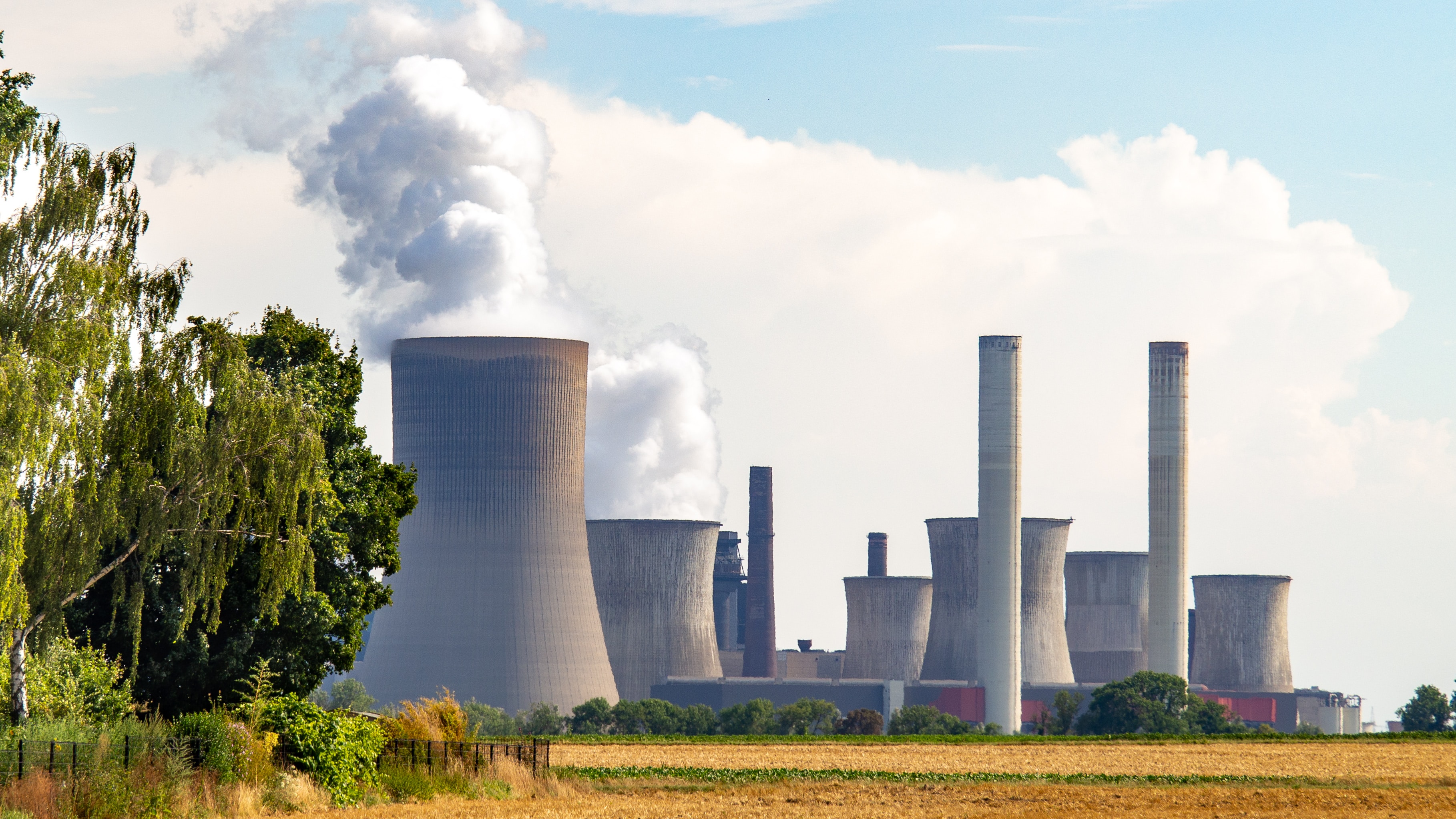Expertise
Energy transition
Impact
Clarity on how to plan for a just coal-to-clean energy transition.

Challenge
How can countries begin to transition away from coal without leaving anyone behind?
Coal plants must close at nearly five times the current rate to help limit global warming to 1.5C. It is a sobering figure that reiterates the importance of acting fast.
Coal retirement and repurposing is a complex task. Policymakers and key energy sector stakeholders, including asset owners, must accelerate the move away from coal while protecting the people who depend on it.
To do this effectively, decision-makers must factor in energy security, environmental impacts, and the financial viability of repurposing or retiring those plants alongside plant-level characteristics. This is on top of the need to promote a just transition away from coal-fired power plants. Getting this balancing act right is resource and time-intensive but essential.
As countries seek to end their dependence on coal, the Carbon Trust created frameworks to lay out the foundations for a just coal-to-clean energy transition.
Just transition
There is currently no universally agreed definition for a just transition. Its application will also vary across contexts. At the Carbon Trust, we follow the International Labour Organisation's definition. They describe a just transition as a process that decarbonises the economy in a way that is as fair and inclusive as possible. A just transition prioritises local socioeconomic opportunities and decent livelihoods while minimising the risks to affected groups. A just transition requires inclusive and transparent social dialogue, robust governance, and support for impacted workers and communities.
Solution
Breaking down the task of planning a transition away from coal by building up two frameworks
In the first stage of the transition journey, countries should define their coal phase-out targets. During this stage, it is essential to assess the role of coal in the region’s energy system to determine how critical coal-fired power plants are in maintaining energy security. Key decision-makers can then begin to identify the gaps in energy supply that need to be addressed. To help them balance environmental, health and efficiency considerations against the need for job security and workers’ rights in this stage, the Carbon Trust built upon its previous work. We:
Discover the two frameworks and guidance in our report ‘Supporting a rapid, just and equitable transition away from coal.’
Impact
Accelerating a coal transition that is fair and equitable
The coal transition is a long process that requires planning, unlocking finance and piloting financing mechanisms. These frameworks can support decision-makers across countries to plan for the coal-to-clean energy transition. If implemented, they aim to:
A scalable building block for phasing down coal
Every country will have a different transition journey. A credible just energy transition must be designed with the local context in mind. These frameworks have been developed with a level of flexibility so that countries in the early stages of phasing out coal can adopt and tailor these frameworks to their needs. Following this project, the Carbon Trust has been commissioned to tailor the frameworks for application to South Africa, Pakistan, and Kazakhstan.
We want to thank the Energy Transition Council for helping develop this project. Similarly, we would like to acknowledge the support from our partner Transition Zero for providing the majority of the data for Odisha’s coal fleet, which comes from their Coal Asset Transition (CAT) Tool.
*Based on calculations by the Carbon Trust.






